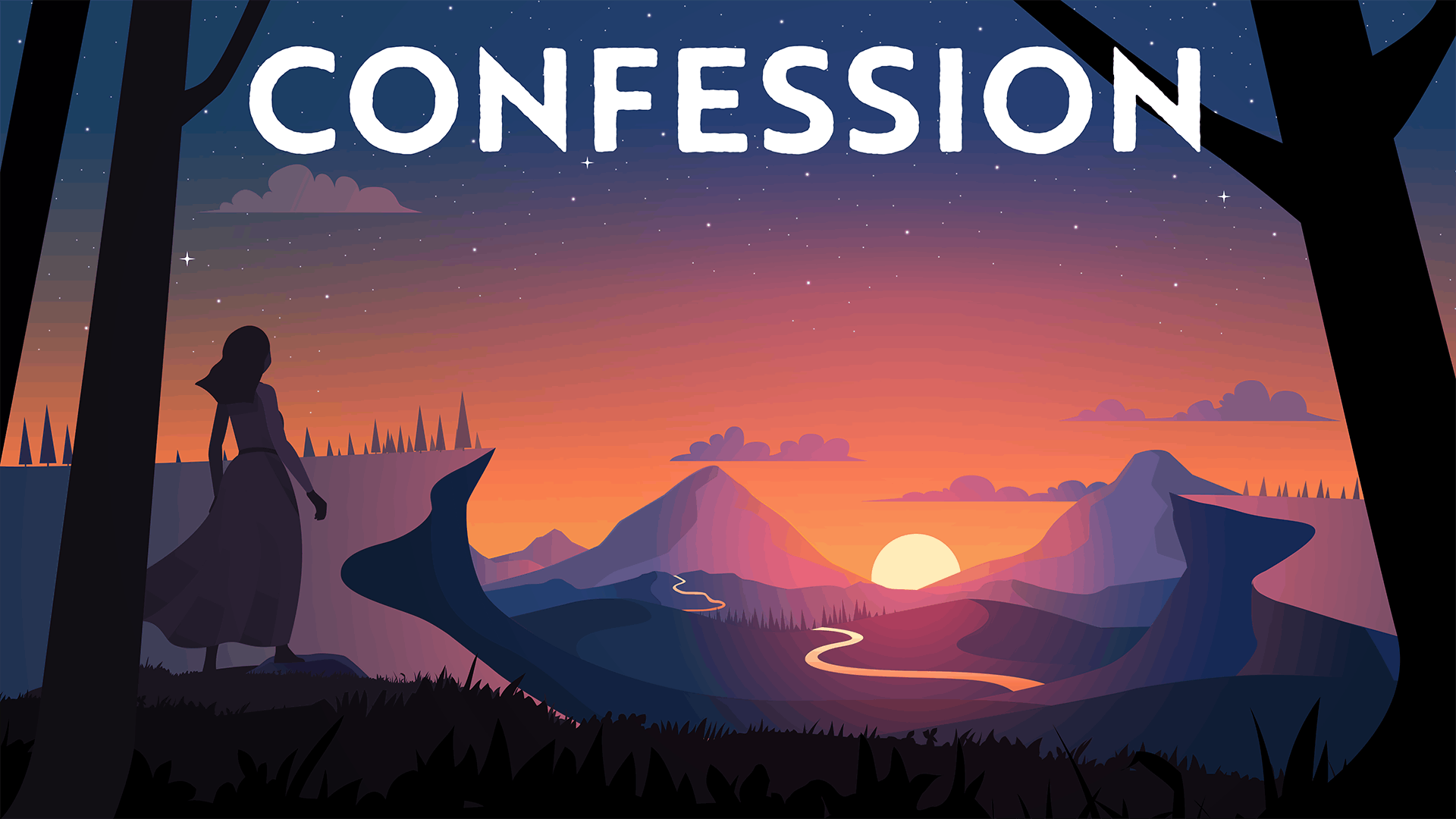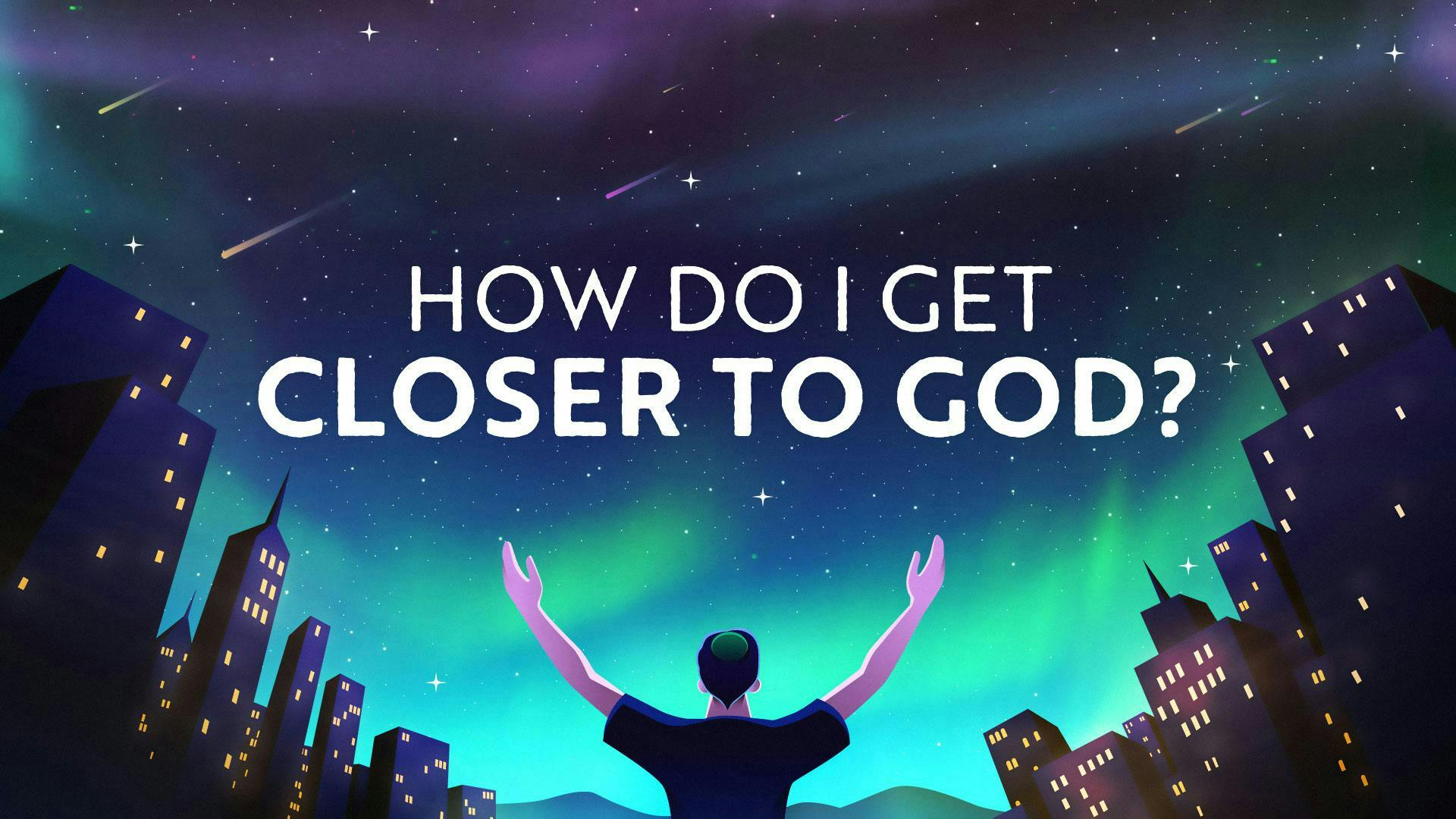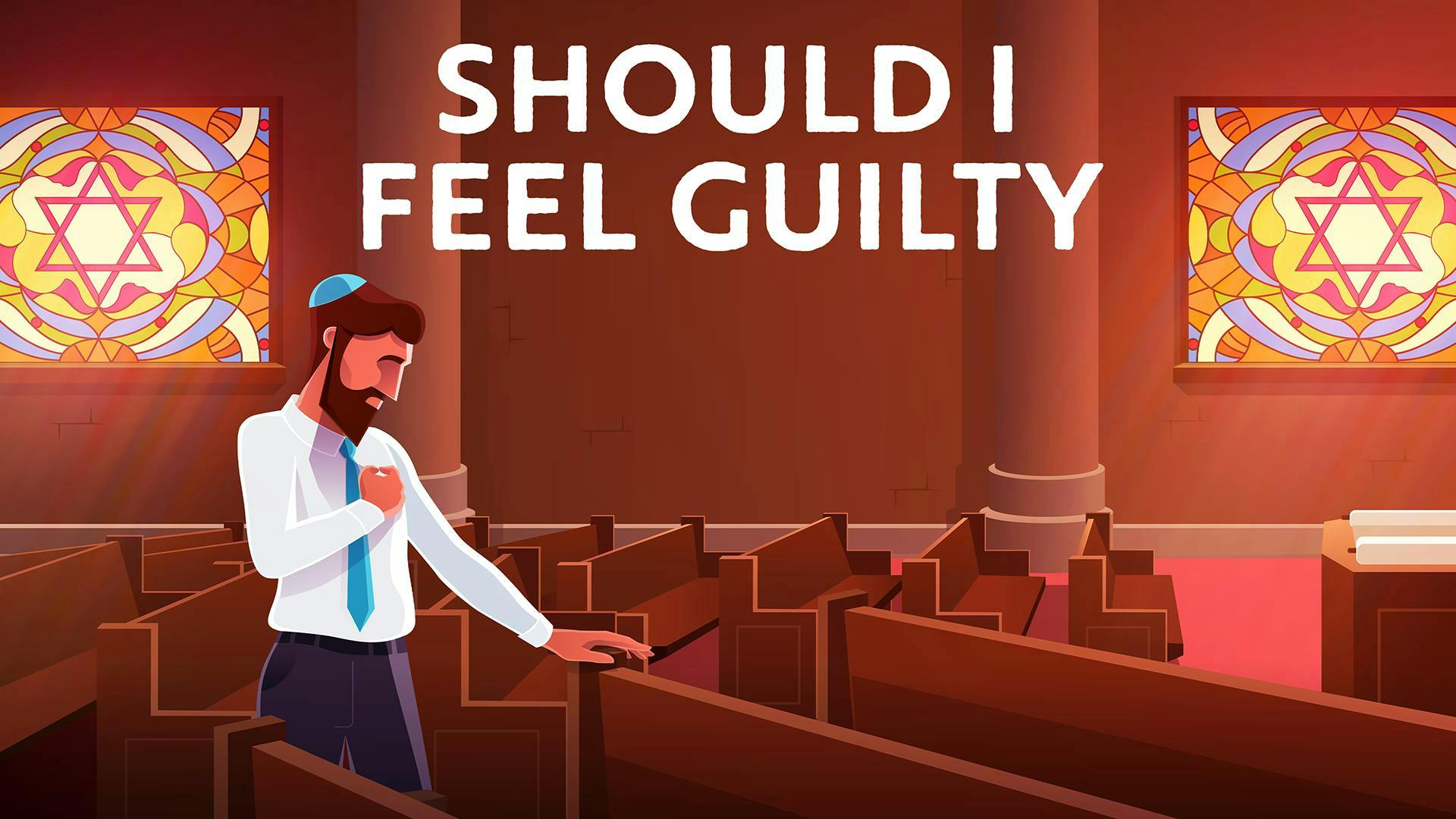How to Read the Haggadah
Creating a Meaningful Passover Seder
By Sarah Rashba | 8 March 2025 | 5 Minute Read
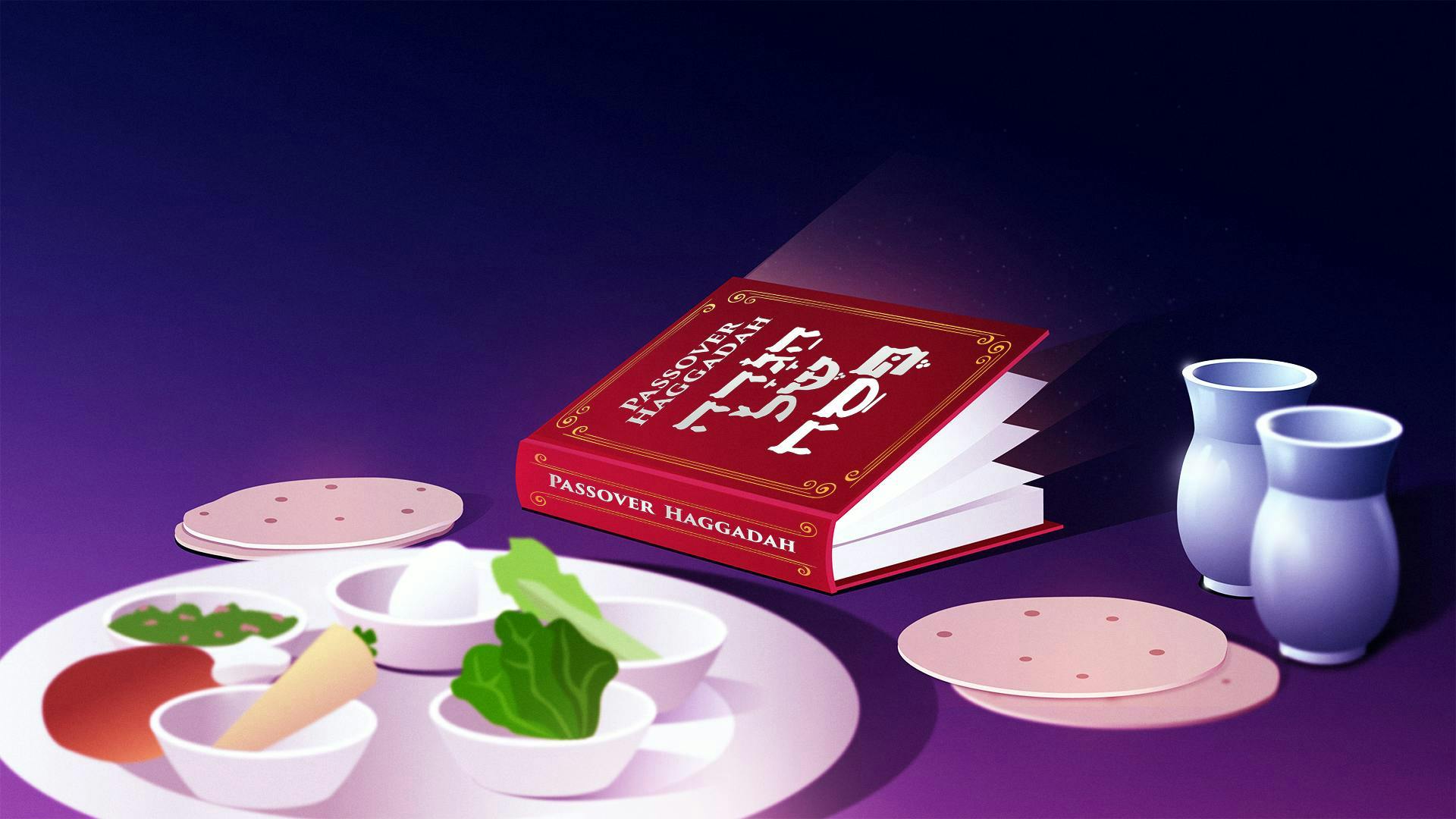
Helping You Prepare for Pesach
A different approach to Seder night
If you're like me, every year you probably set aside time before Pesach to look over the Haggadah. We all want to have something to share with guests or family when Seder night arrives. Good news: you can count the time you spend reading this as part of that "Seder prep”! And I’m going to say this up front: I hope that this article will encourage lots of people to change the way we typically prepare for Seder. In fact, I hope it will inspire you to read the Haggadah in a completely new way.
Why would we need a new way to read the Haggadah?
I’ve noticed there’s a difficulty that can crop up on Seder night. Maybe you’ve seen it in your home too. It’s when the Seder starts out feeling warm, enjoyable, meaningful…but then after a certain point, it can start to feel disjointed, maybe even confusing. Now, you may be nodding your head in recognition right now! But if not, then I realize that what I just said might sound a bit surprising. After all, you may be thinking, what is there to be confused about? The Haggadah shows us everything we need to say and do!
That's true, of course. But even though we have the Haggadah meaning to guide us through the Seder…it’s not always the easiest guide to follow.
What makes the Haggadah hard to follow?
I’ll explain what I mean. First, think about the activities that come early on in the Seder. We like coming together for kiddush, drinking the first cup of wine, and munching a bit of parsley or potato dipped in salt water. It’s fun to break the matzah and listen to little Debbie or Yossi asking the Four Questions. There are some really good songs in there too, like “Avadim hayinu” and “Vehi she’amdah.” Food, symbolism, and singing: These first parts of the Seder feel easy to follow and meaningful.
The going gets tougher, though, as we get further into the Maggid section of the Haggadah. “Maggid” means “telling,” which makes sense, because we know that Seder night is supposed to be all about retelling the Exodus. And by the time we get to the end of Maggid, that definitely happens! We’ve got the ten plagues, the splitting of the sea, and Dayenu.
But on its way there, the Haggadah includes a lot of other things that don't look like part of the Exodus story. I’m talking about topics like these:
- The covenant between Abraham and God
- Lavan’s treacherous behavior to Jacob
- Esav inheriting Mount Seir
- Joshua talking about our ancestors who worshipped idols
This is where some of us start to lose the thread. We may be wondering, Can’t we just fast-forward to the plagues? Why is all of that other stuff even here?
Are we making the Haggadah meaning easier to understand, or harder?
So the problem starts with the confusing way the Haggadah itself tells its story. And I’m going to suggest…that our usual approach to the Seder may not be helping with this confusion.
Here’s what I mean: Think about what divrei Torah at the Seder tend to look like. Often, we pick out one particular bit of the Haggadah – maybe the Four Sons, or the story of the Sages in B’nei Brak – and try to find a nugget of inspiration in it to share around the table. Now, you may feel like protesting, What’s wrong with that? I like finding new nuggets every year! And I agree, that can be a fun way to learn. But I want to suggest that looking at the Haggadah this way…just encourages us to see it as a bunch of disconnected parts strung together.
For comparison, imagine you’re reading a New York Times article, but you’re having trouble with it. Paragraph C doesn’t seem to follow from Paragraph B, which doesn’t seem to follow from Paragraph A. You can't make heads or tails of how one idea leads to the next. But then, instead of trying to figure that out, you say to the person next to you: "Hey! Did you notice that it says 'because' in this paragraph not once, but twice? Let me tell you a fascinating idea I once learned about that." That sounds kind of absurd, right?
So let's not do this with the Haggadah.
Learning what unifies the Haggadah’s story
What if we could learn a different way of reading the Haggadah? All those “non-related” topics that seem to “interrupt” the Exodus story – what if we could see how they’re all part of one larger, wildly significant story that the Haggadah is telling us?
That’s exactly what Rabbi David Fohrman shows us in his video series How to Read the Haggadah. Rabbi Fohrman takes us through the most challenging parts of the Maggid section, paragraph by paragraph, and shows us how they make up a single, urgent message. It’s a message that meant everything to those who composed it, a message that means everything to us, the Haggadah’s readers. And it all centers on that “interruption” about the brit ben habetarim, the covenant between Abraham and God.
Which is odd…because in the brit ben habetarim, God tells Abraham straight out that his descendants will be enslaved for generations! That seems like a kind of depressing place for the Haggadah to take us. See, you should have known this would happen! Told you all along.
Why does the Haggadah want us to think about that? Why not keep the focus on the Exodus and God’s liberating us from slavery in Egypt?
What the Haggadah Really Wants Us to Remember
A covenant for all generations
Join Rabbi Fohrman to learn why it wasn’t enough for the Haggadah only to tell the story of the Exodus. Why its authors wanted to make sure that on Seder night, we’d journey much farther back in time, to God’s mysterious promise to Abraham.
Just click on the link below. You’ll get an inside look at the Exodus story, as the rabbis beckoned us to see it…and you’ll begin to see a side of that story that you never imagined existed before.
Don’t miss this beautifully formatted downloadable guide to Rabbi Fohrman's video course "How to Read the Haggadah," ready for you to print and keep handy on Seder night!
Looking for more?
We have hours of delightful videos and podcasts to enhance your Yamim Noraim experience.
More Passover Videos
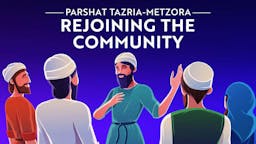
What Does The Passover Sacrifice Teach Us About The Metzora?
Video • 12 min
In this video, Rabbi Fohrman picks up from last year's Tazria and Metzora videos, which connected the metzora purification process with the korban pesach. Here, he argues that only through the two processes can we become fully alive and part of the community.
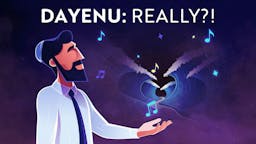
Dayenu In The Pesach Haggadah
Video • 1 hour, 21 min
Singing Dayeinu: Would It Really Have Been Enough? What do the lyrics of Dayeinu song really mean?
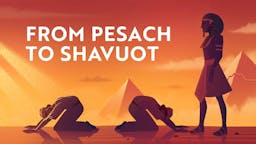
From Pesach to Shavuot: Did God Free Us Just to Make Us Serve Him?
Video • 31 min
Why did God begin the Ten Commandments by declaring, “I freed you from Egypt.” Is He buying our obedience? Or is there a deeper message to this first command… and what can it tell us about the exodus story?
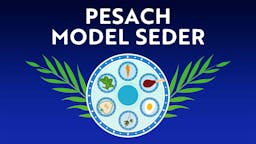
Pesach Model Seder
Video • 1 hour, 23 min
Rabbi Fohrman and CEO Imu Shalev sit together on Zoom to discuss fresh ideas for your Seder.
More Passover Guides
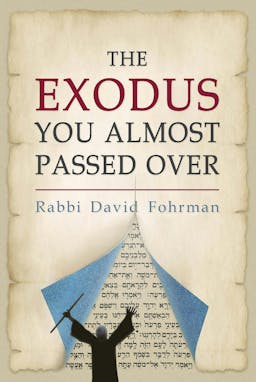
The Exodus You Almost Passed Over: Chapter 1
Printable Guide
Is there more to the Exodus story than we think we know? Rabbi Fohrman's book reveals a side of the ancient Exodus saga that illuminates not just our past, but our future, and tells not only of our freedom, but of our destiny. Take a peek at Chapter 1 for free.
How To Read The Pesach Haggadah
Printable Guide
Reading the Haggadah is one of many rituals of the Pesach Seder – but it can be difficult to read. Sometimes we mumble our way through it, without real comprehension. This Haggadah outlines guides you through the important messages in Maggid.
What is Aleph Beta?
Aleph Beta is a unique kind of Torah library. Led by our founder, Rabbi David Fohrman, we are dedicated to high-level, textual Torah learning for adults that is intellectually and spiritually sophisticated, that enlivens your Jewish practice and helps you forge a deeper connection to God. Whether you’ve been learning in yeshiva for years or you’re just beginning your Torah journey, you’re sure to find something meaningful and surprising waiting for you here.
Browse our library of over 1,000 beautifully produced animated videos, podcasts, deep dive courses, and printable guides. Topics include the weekly parsha, Jewish holidays & fast days, laws & mitzvot, prayers, relationships, big philosophical ideas and more. Have something to say at the Shabbos table that will amaze your family and guests and bring deep meaning into their lives.


